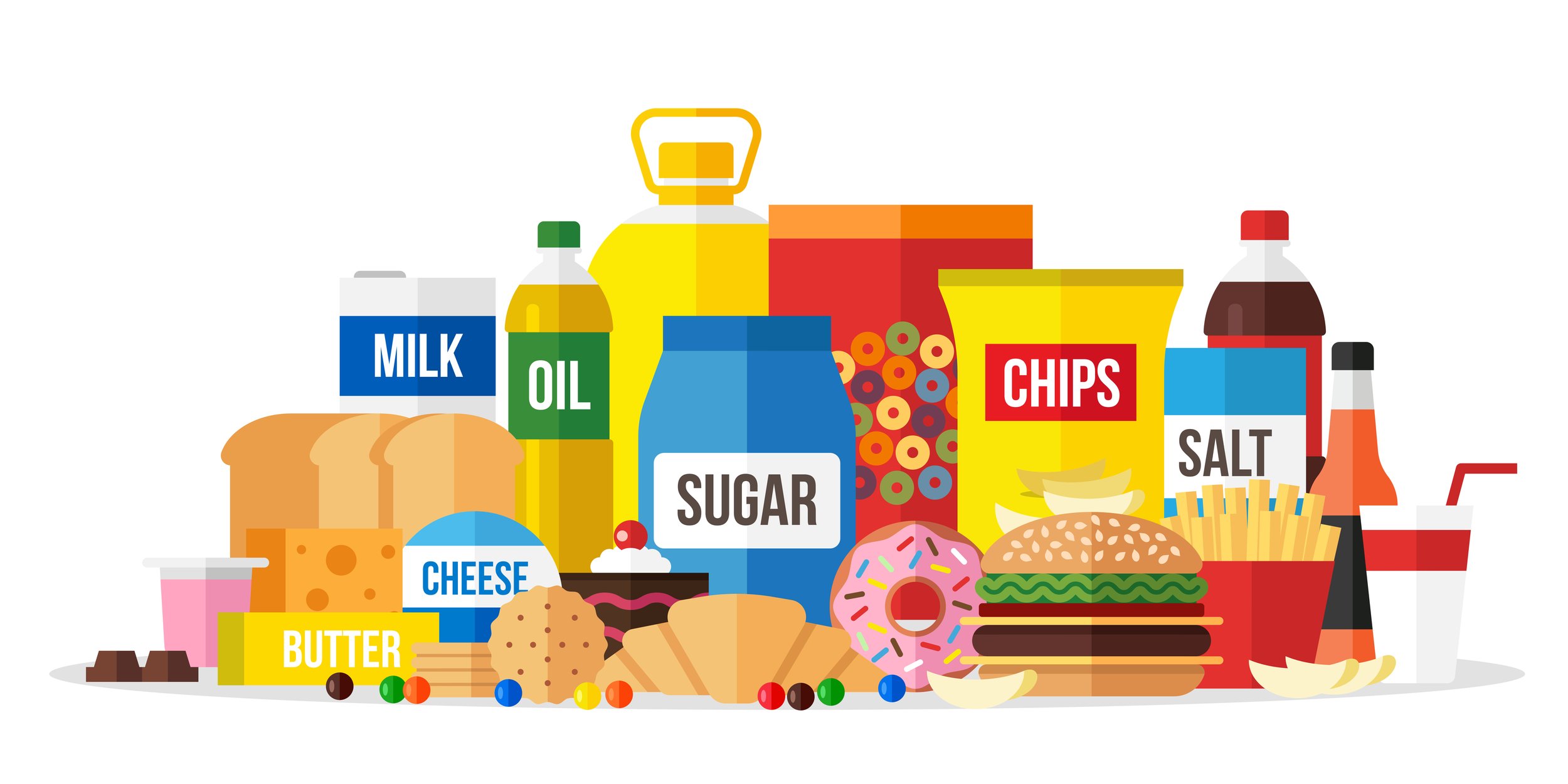How Ultra-Processed Foods are Affecting Our Health
Nothing compares to the nostalgic taste of a childhood snack. Sipping Coca-Cola from a glass bottle, enjoying a Little Debbie fudge brownie, or having dinner made from a can of Chef Boyardee Beef Ravioli can transport you back to childhood and riding your bike with friends after school. Sweet memories.
Unfortunately, if you pick one of these favorites at the grocery store today, you may notice a change in taste - you will definitely notice a change in the ingredients on the food label. Like many things, there has been a gradual shift in the food industry, transforming foods once made with simple, whole ingredients into a long list of artificial and unfamiliar additives.
What’s Inside Many of Today’s Packaged Foods?
If you look at the ingredients in a can of Chef Boy-ar-dee, the list once consisted of tomatoes, beef, pasta, onions, salt, and spices. Today, you will see tomatoes, enriched wheat flour, riboflavin, beef, cracker meal, high fructose corn syrup, modified corn starch, soybean oil, enzyme-modified cheese, carotenal, and the list goes on.
Highly processed foods on supermarket shelves often contain high fructose corn syrup, maltodextrin, artificial colors, and emulsifiers.
How Are the Changes to the Foods We Eat Affecting Our Health?
Recent studies continue to show that highly processed foods contribute to chronic health issues such as obesity, diabetes, heart disease, and cancer. High fructose corn syrup and maltodextrin spike blood sugar and fuel insulin resistance. Artificial colors like Red 40 and caramel color contain compounds linked to cancer and behavioral issues. Emulsifiers such as carrageenan disrupt the gut microbiome and contribute to leaky gut.
In recent years, evidence has mounted that chronic illnesses are linked to harmful substances found in ultra-processed foods. From heat-and-eat meals like frozen pizza to sweetened breakfast cereals, ultra-processed foods are made from industrial formulations using ingredients derived from foods or synthesized in laboratories. Unfortunately, these foods have become staples of the standard American diet.
How Are Foods Classified as Ultra or Highly Processed?
The “ultra-processed” category was established in 2009 by a team of Brazilian public health researchers led by Carlos Monteiro. This classification is part of a system called NOVA, which categorizes foods according to their degree and purpose of processing. The system comprises four categories:
Unprocessed and minimally processed foods include whole foods such as meat, produce, and eggs.
Processed culinary ingredients include those used to prepare whole foods, such as butter, oils, and spices.
Processed foods are those made by combining the previous two groups and processing them through preservation or cooking.
Ultra-processed foods are those made of industrially produced ingredients that are non-existent or rare in culinary use and created through a series of industrial processes. Examples include soft drinks, packaged snacks, mass-produced breads and pastries, flavored yogurts, and instant soups.
It is important to remember that this category was not created to classify individual foods. The aim of the NOVA classification system is to offer researchers a tool to understand the health impacts of dietary patterns that contain high percentages of ultra-processed food.
How to Reduce Consumption of Ultra-Processed Foods
While experts and policymakers call for changes in the food industry, we don’t have to wait for policy changes to improve our daily nutrition.
According to the American Institute for Cancer Research, here are some tips to help you cut back on ultra-processed foods in your daily diet:
Begin by starting slow. Eliminate one item at a time from your weekly shopping list. As you replace each item with a healthier choice, your diet will slowly take shape.
Substitute a fresh fruit or vegetable for an ultra-processed food.
Drink more water than sugary beverages.
Choose whole grains over processed grains.
Make a homemade version of your favorite processed foods, such as bread, granola, or salad dressings.
Learn how to read food labels and pay attention to the chemicals and additives in the package.
Developing a healthier lifestyle is important for reducing disease risk for years to come. If you need help creating a healthier diet for yourself or your family, consult our team at Aspire Family Medical. Contact us today and find out how we can help guide you toward achieving your health goals.

